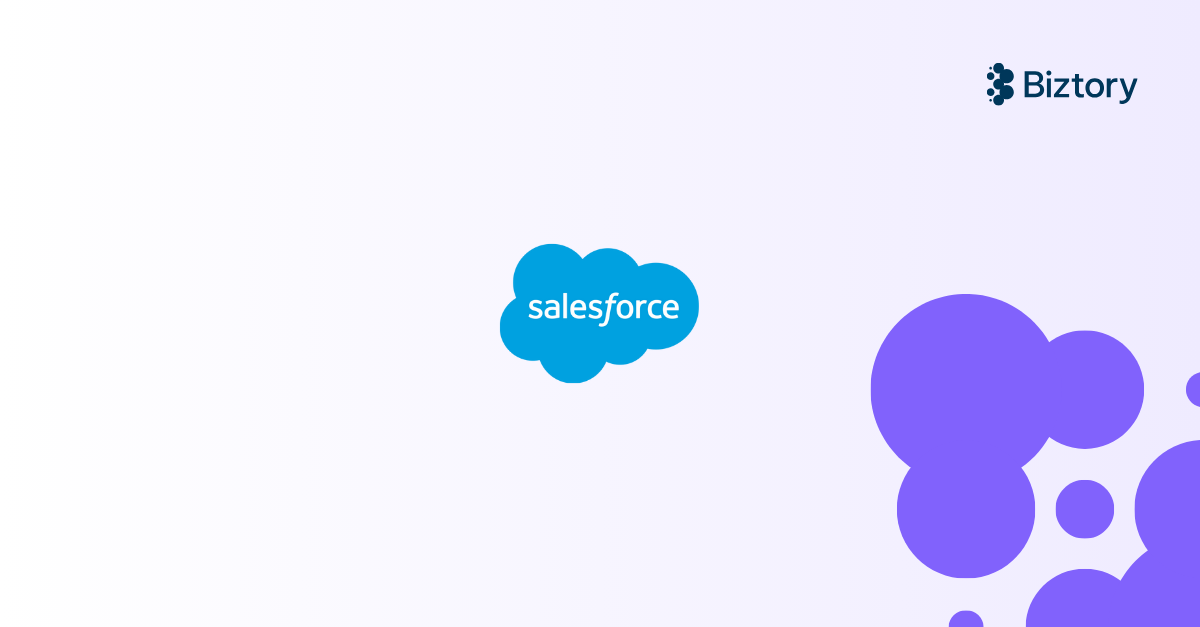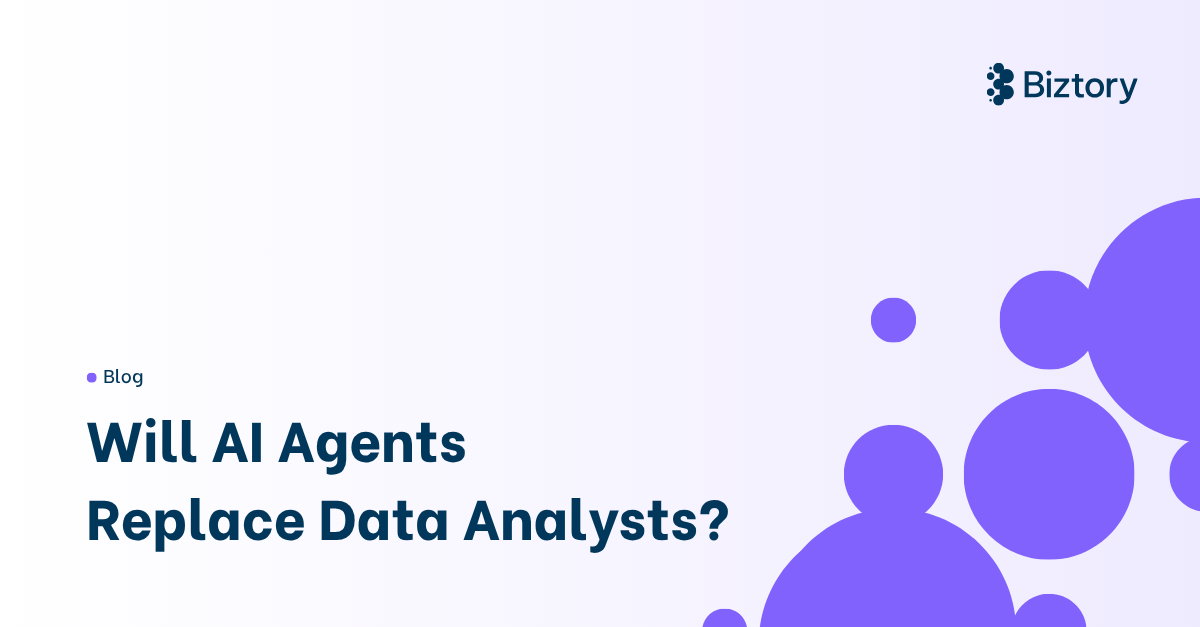Migrating your dashboards to the cloud is a smart move. It cuts out infrastructure headaches, scales with your team, and ensures you're always up to date. But migration can be hard — especially without the right tools. That’s why choosing the best Tableau Cloud migration tool is so important. They help you move fast, avoid errors, and save serious money. In this guide, we’ll break down the top tools to help you migrate to Tableau Cloud quickly and efficiently.
Understanding a Tableau Cloud Migration
Tableau Cloud migrations are all about moving from on-premises Tableau Server to the cloud version hosted by Tableau (Salesforce). This shift unlocks major benefits.
First, Tableau Cloud is always current. You never need to patch or upgrade your system again. Tableau handles it for you. Second, it scales automatically. Whether you’re adding 10 or 10,000 users, the platform adapts without manual tuning.
Security and compliance are built in, meeting strict standards - and IT teams save time because there's no infrastructure to manage. No more server updates, firewall tweaks, or backup setups.
For business users, this means smoother access to dashboards, less downtime, and faster innovation. It’s a no-brainer — if you do it right. That’s where Tableau Cloud migration tools come in.
The Best Tools for Tableau Cloud Migrations
The success of your Tableau Cloud migration often depends on selecting the appropriate migration tools and approach. While manual migrations are always an option, they usually are not recommended. They come with high risks of errors, and significantly high costs compared to some of the leading solutions out there.
Let’s break them down one by one for you…
TabMove: The #1 leading Tableau Cloud Migration Tool.
When it comes to reliable Tableau Cloud migration tools, few match the capabilities, automation and speed of TabMove.

Built by Biztory, TabMove is a purpose-built tool designed to migrate entire Tableau environments — content, users, schedules, permissions, and more — with minimal effort. It was created specifically to remove manual work and reduce migration risks.
TabMove stands out because it can cut migration time by up to 80%. That means faster go-lives and less business disruption. It also reduces costs by avoiding costly errors and repeated rework.
TabMove is a proven solution that has handled the most complex migrations from Tableau Server to Tableau Cloud, where other solutions weren’t able to. And for teams that want a self-service option, there’s also TabMove Lite, a scaled-down version for smaller migrations.
The tool offers clear cost predictions with fixed pricing. By estimating your migration size and complexity upfront, you get a precise idea of how much you'll spend. This removes uncertainty, making budgeting easier.
You can find TabMove on the official Tableau Exchange, and you can learn more from Biztory directly.
Tableau Content Migration Tool:
Tableau’s own Content Migration Tool (CMT) is a native option for simpler Tableau Cloud migration solutions. It’s free for Tableau customers and integrates with Tableau Server Management Add-on.
The tool works by letting users create migration plans. You can map content between projects, change names, and move dashboards while keeping permissions intact. It also supports rule-based migration, which helps clean up and restructure as you go.
However, the CMT does have some limitations. It doesn’t offer full automation. You’ll need to manually define rules and may require scripting for advanced use cases. It also lacks rollback and error handling compared to TabMove.
That means the risk for error is quite high. Still, for basic migrations with a small set of dashboards and users, this tool does the job well.
Tableau Migration SDK: For Developers Who Need Full Control
For organizations with strong internal dev teams, the Tableau Migration SDK is another powerful option. This toolkit allows developers to build custom migration pipelines using Tableau’s own framework.
The SDK supports:
- Full access to workbook and user metadata
- Custom filtering of content
- User mapping logic
- Automation of content publishing
While it offers unmatched flexibility, the SDK is complex. Teams must write and test their own scripts, and handle error recovery on their own. It’s time-intensive and risky without dedicated Tableau developers.
This method is best for highly technical teams with unique needs, or firms that need to deeply integrate migration with other systems.
How to Choose the Right Tableau Cloud Migration Solution
There’s no one-size-fits-all tool. The best tableau cloud migration solution depends on your goals. Ask yourself:
- Do we have in-house developers?
- Are we migrating thousands of dashboards or just a few?
- Do we need to reduce time and budget?
- Is a custom UI or branding layer important?
If your focus is on reliability, speed and cost, TabMove is the best choice. It offers end-to-end automation, clear reporting, and support for both small and large-scale deployments.
For basic needs and really small migrations, Tableau’s Content Migration Tool is solid. If you want full control and dev integration, use the SDK or REST API — but know the complexity involved.
Conclusion: Migrate to Tableau Cloud the Right Way
The right Tableau Cloud migration tools make all the difference. Migrating to Tableau Cloud delivers big rewards — no infrastructure, better performance, easier access. But a bad migration wastes time, drains budgets, and frustrates users.
That’s why tools like TabMove are so valuable. They automate the hard parts, reduce errors, and help you migrate to Tableau Cloud fast and efficiently.
Start your journey today with the tool that fits your team, timeline, and goals. Learn more about TabMove here:




